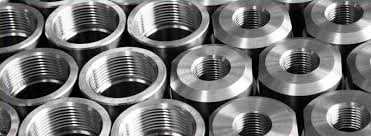
by Industrial Degreasers | May 1, 2016 | Solvents
Stainless steel — of which there are many grades — is one of the most popular types of metal used in residential, commercial, and industrial operations. The are three reasons why: Stainless steel has a shiny, non-corrosive appearance that helps keep...


